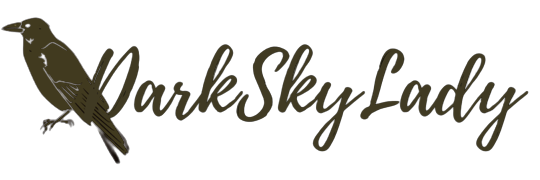MMIW. Missing and Murdered Indigenous Women. A group of people that exists at the intersections of marginalization. “We were supposed to be eliminated,” states Cheryl Horn, aunt of Selena Not Afraid, at the beginning of the 3-part docuseries. Murder in Big Horn draws awareness to the cases of missing and murdered Indigenous girls and women in Montana. Over the years, there’s been scant mainstream media scrutiny. Directed by Razelle Benally and Matthew Galkin, Murder in Big Horn highlights the lack of urgency and care given to Indigenous girls and women who vanish.
In Murder in Big Horn, Something’s Amiss
Apparently, MMIW is not the epidemic in Big Horn County, Montana. Hypothermia is the epidemic claiming the lives of Indigenous girls and women. At least according to the medical examiner and the police in Big Horn County in the docuseries Murder in Big Horn. Despite making up only 3 or 4 percent of the population, Indigenous women account for almost 30 to 40 percent of trafficking victims. Many never return. The series talks about several cases that created a spark that helped bring the MMIW movement to the attention of mainstream media.
Using interviews with family and friends, they explore the cases of Henny Scott, Kaysera Stops Pretty Places, Shacaiah Harding, and Selena Not Afraid. The BIA, FBI, and Big Horn County Sheriff’s Office are inept. Nothing is worse than knowing something happened but hearing a medical examiner and police rule your child’s cause of death as hypothermia. Such is the case with Henny Scott, despite bruising, burns, and a disfigured nose. And the tragedy is the one recourse these families have for answers and justice is the ones they can’t trust.
The Colonial Harm

With each episode, they explore the history of the Crow Indian Reservation. One person, Luella Brien, a local news journalist, writes about the missing and murdered women in Big Horn. But she also talks about the past influencing the present. They explore the ramifications colonial history plays on present tragedy. Such as imprisoning a group of people on land and stripping them of any resources or means. Because of that, the past sets up a festering resentment that has no outlet except for those around them.
In addition, let’s not forget the boarding schools the U.S. government used to tear away Indigenous children from their families. So this added loss only fuels that rage. This is how abuse continues through generations. Indigenous women, before colonization, were not victims of abuse. It rarely occurred within the community. When it did, there was accountability. But now that high esteem and care is gone.
Still No Change
Awareness of MMIW has spread. There’s even a national awareness holiday. There is even an MMU task force assembled to get justice and answers. Yet, the jurisdictional nightmare continues. Like many marginalized communities, Indigenous girls and women face grave threats within and outside their communities. Depending on if the victim is Indigenous, the perpetrator is Indigenous, and the crime’s location leaves the victims’ families at the mercy of inadequate assistance.
So, you get people like Undersheriff Eric Winburn, tasked with Selena Not Afraid’s case. A man who believes there’s no issue with MMIW and that every problem is because of the community itself or the victim’s fault. You get medical examiners like Dr. Robert Kurtman, who rule the cause of death as hypothermia or undetermined. No one investigates what led to the victim being outside.
Tragic Viewing, But Awareness And Pressure Are Essential

Devaluing and regulating Indigenous women to a costume worn on Halloween has ramifications. By the end, palpable rage and pain comes from family, community, and viewers. You rage at individuals, BIA, Big Horn County Sheriff’s Office, and the FBI. The rules and jurisdiction intentionally allow these girls and women to fall through the cracks. Everyone can shrug and say, “it’s their job,” or “we can’t help unless they ask us to.” In the meantime, more families grieve. More predators prowl relaxed in the knowledge that the lives they destroy do not matter. But they do matter.
Murder in Big Horn is the murder of girls and women. The murder of justice. The murder of accountability. Individuals and the government are choosing to snuff out the possibility of stopping an epidemic. Henny Scott, Kaysera Stops Pretty Places, Shacaiah Harding, and Selena Not Afraid’s lives mattered. The docuseries is painful, but watching Murder in Big Horn can also help add fuel to the fire of change. Advocation begins with awareness and Murder in Big Horn seeks to educated and humanize girls and women that go unnoticed. Recommended viewing.



